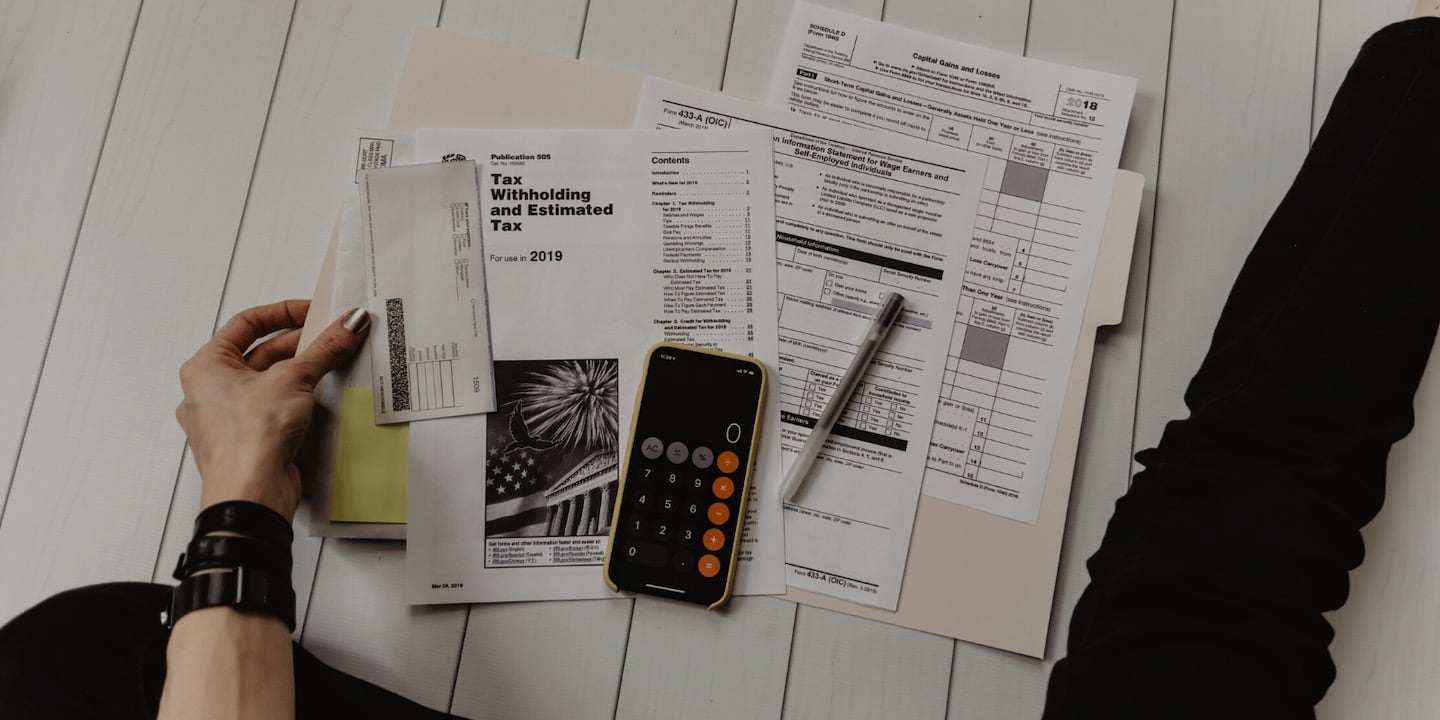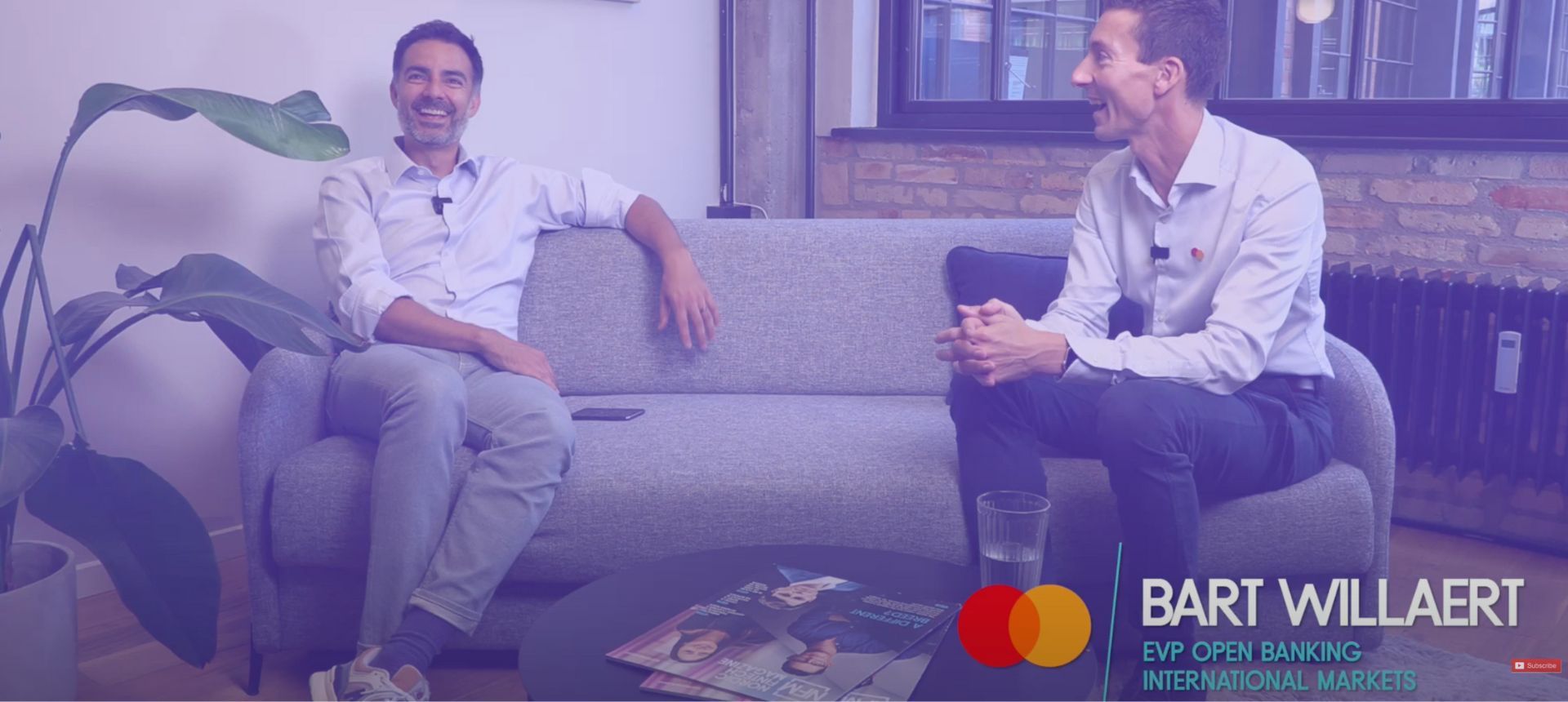
Top 4 accounting trends to look out for
April 24, 2020 | Louise Basse
Dealing with big piles of invoices on the desk. Creating billing reports. Checking and matching transactions one by one. Those are just some of the tasks that most businesses must deal with to keep up with their accounting needs.
But with new technology on the market, businesses can meet the challenges of accounting with ease. To give you a better understanding of the new opportunities, we’ve gathered the top 4 accounting trends to look out for in the future.
1. Automate your accounting workflows
One of the biggest challenges of keeping up with manual bookkeeping and accounting is the endless task of matching receipts and invoices with transaction data from the bank.
But with the arrival of open banking, every business has the opportunity to access real-time data on behalf of the user. Ultimately, that allows accounting software providers to build seamless systems that integrate transaction data from the bank directly into the ERP and accounting space.

One of the companies that has leveraged the new opportunities is the Denmark-based accounting provider, Billy. With access to any business and personal account, Billy was able to build an accounting system that’s based on a single data set instead of two separate ones. And that’s a revolutionising step for the accounting space, says the CEO of Billy, Jonas Midtgaard:
“Today, there’s no reason behind having the data from the bank and the data from the ERP system. With open banking, we’re able to unify those data sets to make it more simple, easy and fast for accountants to reconcile.”
2. Do your bookkeeping on the go
The future of accounting is not only about adding bank data to the accounting system. To make it even easier to keep up with simple bookkeeping tasks, such as bank reconciliation, accounting software providers can now create smart app integrations that allow businesses to handle their bookkeeping on the go.

One of the businesses that has done this is Kontolink. According to the CEO, Kim Agger, Kontolink has created an app that allows businesses to stay in control of their bookkeeping continuously:
“Our mission was to create a ‘Tinder-style’ accounting solution that enables businesses to handle their accounting on the road. If the match between transaction and receipt looks right, you swipe one way to approve it. If it looks wrong, you simply swipe the other way to reject it,” Kim explains.
In this way, employees do not have to save every single receipt or business expense until the end of the accounting period. Instead, they reconcile as on the go to avoid any big piles of receipts building up over time.
3. Make life easier with a virtual CFO
Another big trend to look out for in the accounting space is having a virtual CFO that automatically takes care of an accounting task that would normally be done manually.

That’s something the accounting software provider, Dinero, has already started to develop, says the company’s CPO, David Andersen:
“As legislation, time and technology allow it, we believe that today’s accounting methods should be changed radically. By teaming up with Nordic API Gateway, we’re able to make fully automatic accounting and provide our clients with what we call a virtual CFO,” says David and continues:
“With a virtual CFO, 90% of our clients’ financial outlays will be accounted for and paid automatically, which means they never have to reconcile or manually pay an invoice again because the bank transaction data in itself is the future of accounting. This will greatly minimise the man-hours put into the work and the errors that come with being human.”
4. Build cost-effective payment solutions
There’s no doubt that integrating your accounting system with real-time data is an important step to automate accounting workflows.
But in the future, businesses are able to reduce friction, time and costs by using payment initiation to handle invoices. To take advantage of open banking, Billy is currently developing a system that enables its customers to pay invoices by taking a photo of it, explains Billy’s CEO, Jonas Midtgaard:
“Normally, you have a long process in which you book an invoice, pay it via your bank, export a CSV file, load it into your accounting system and then you finally reconcile. That’s a huge, time-consuming task that takes up a lot of resources,” Jonas says and continues:
“With Nordic API Gateway, we’ve created a live feed from the bank that removes friction when invoicing and conducting bank reconciliation. With the new service, the system will be able to recognise a transaction and match it to a specific invoice automatically. As our user, you can set up a rule that this invoice should always be booked as rent. This means you never have to touch that invoice again. I believe all invoices should be handled like that.”
Curious to explore how you can easily build new ERP and accounting features like e-invoicing, automatic bank reconciliation and more with our out-of-the-box open banking platform? Drop us a line today.




